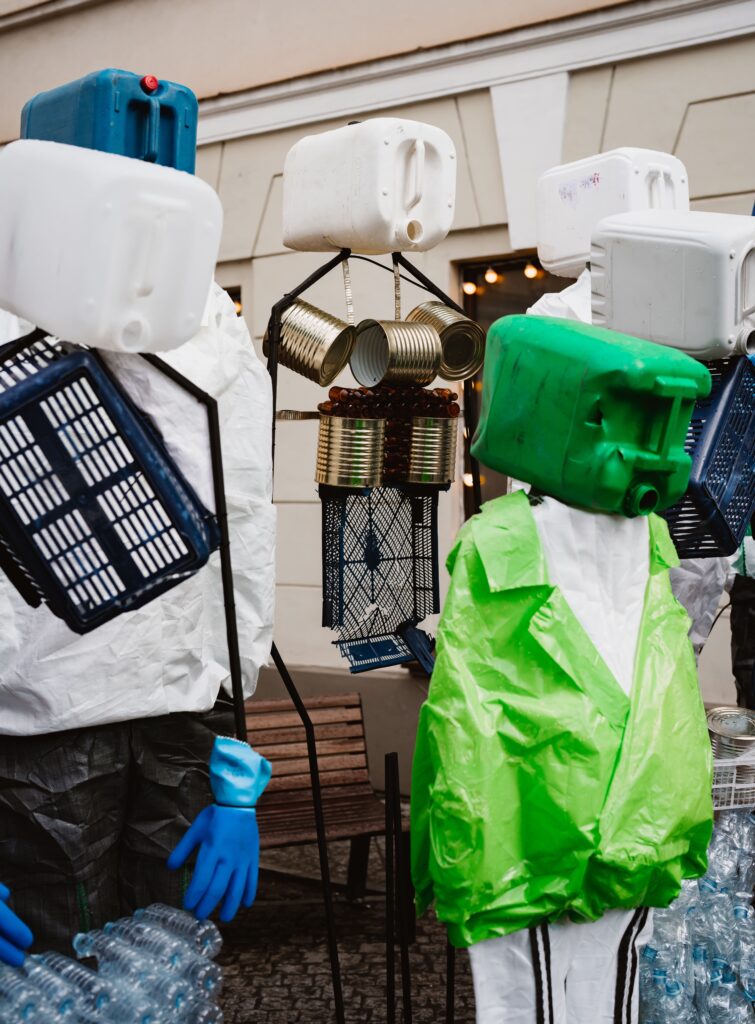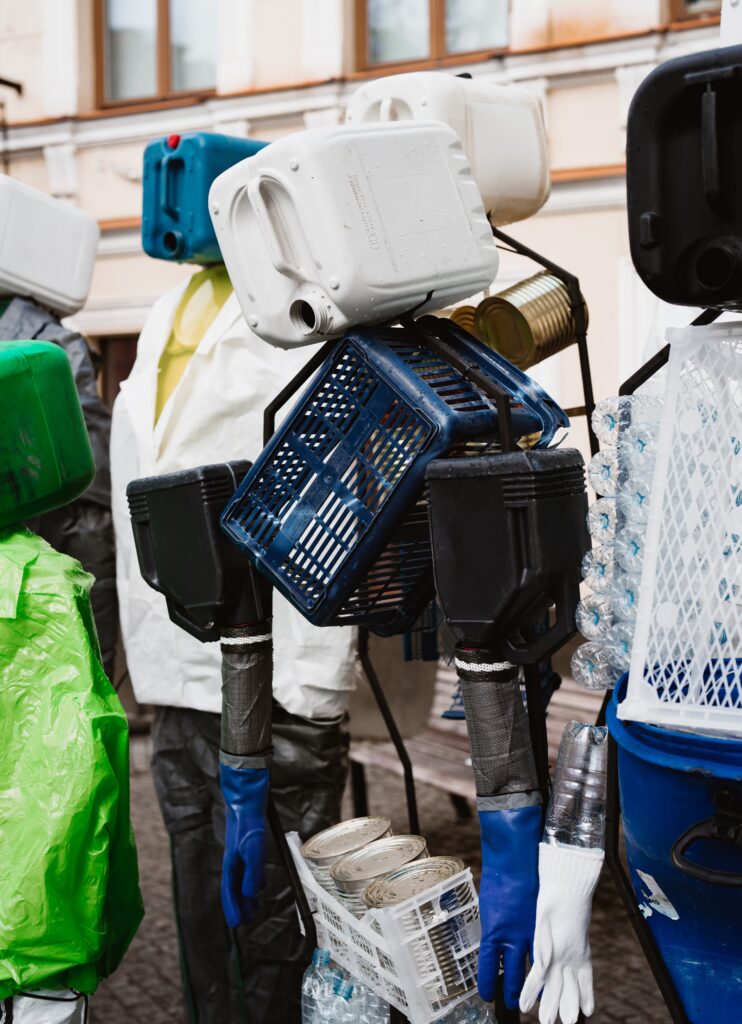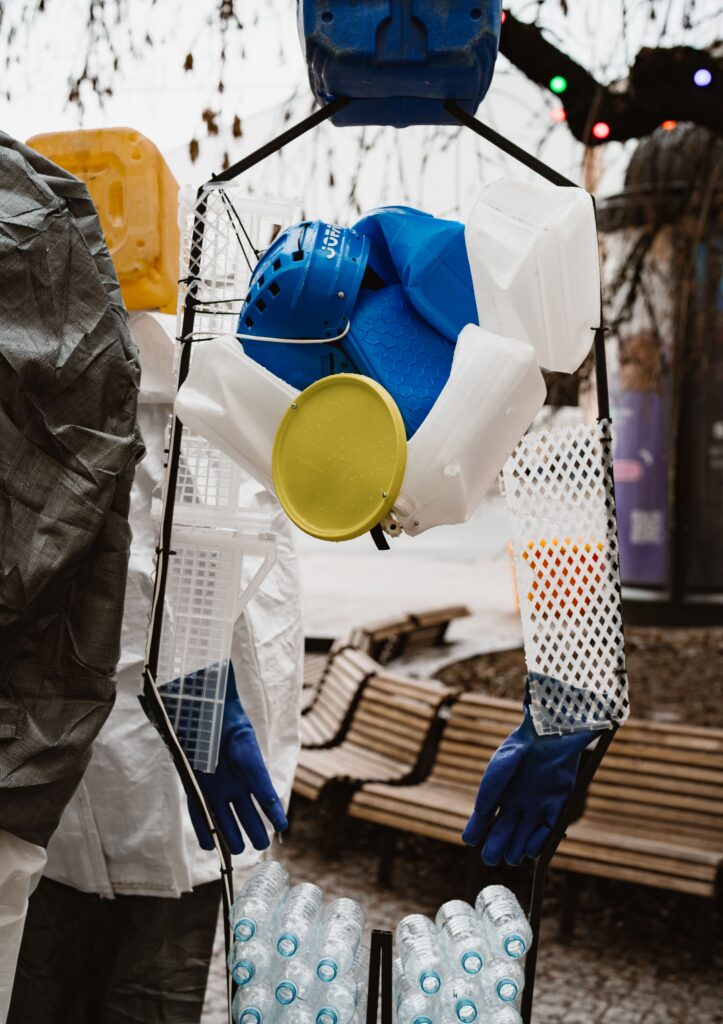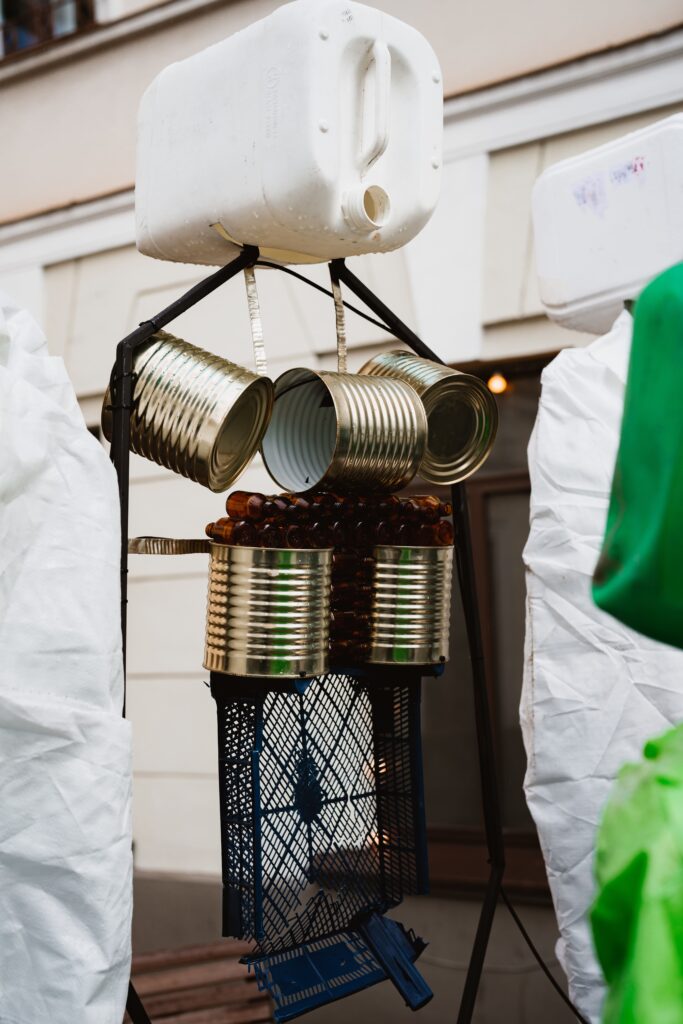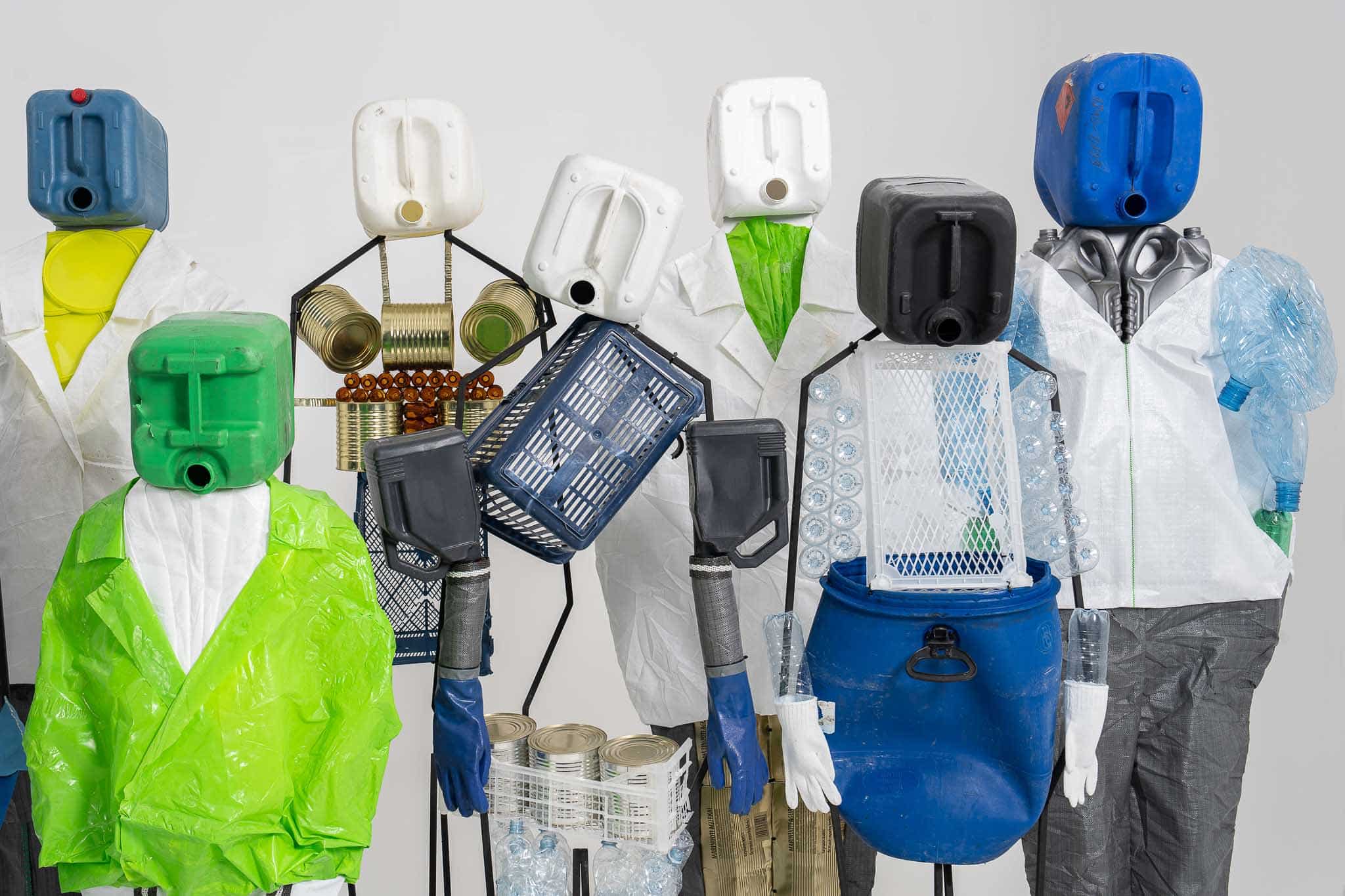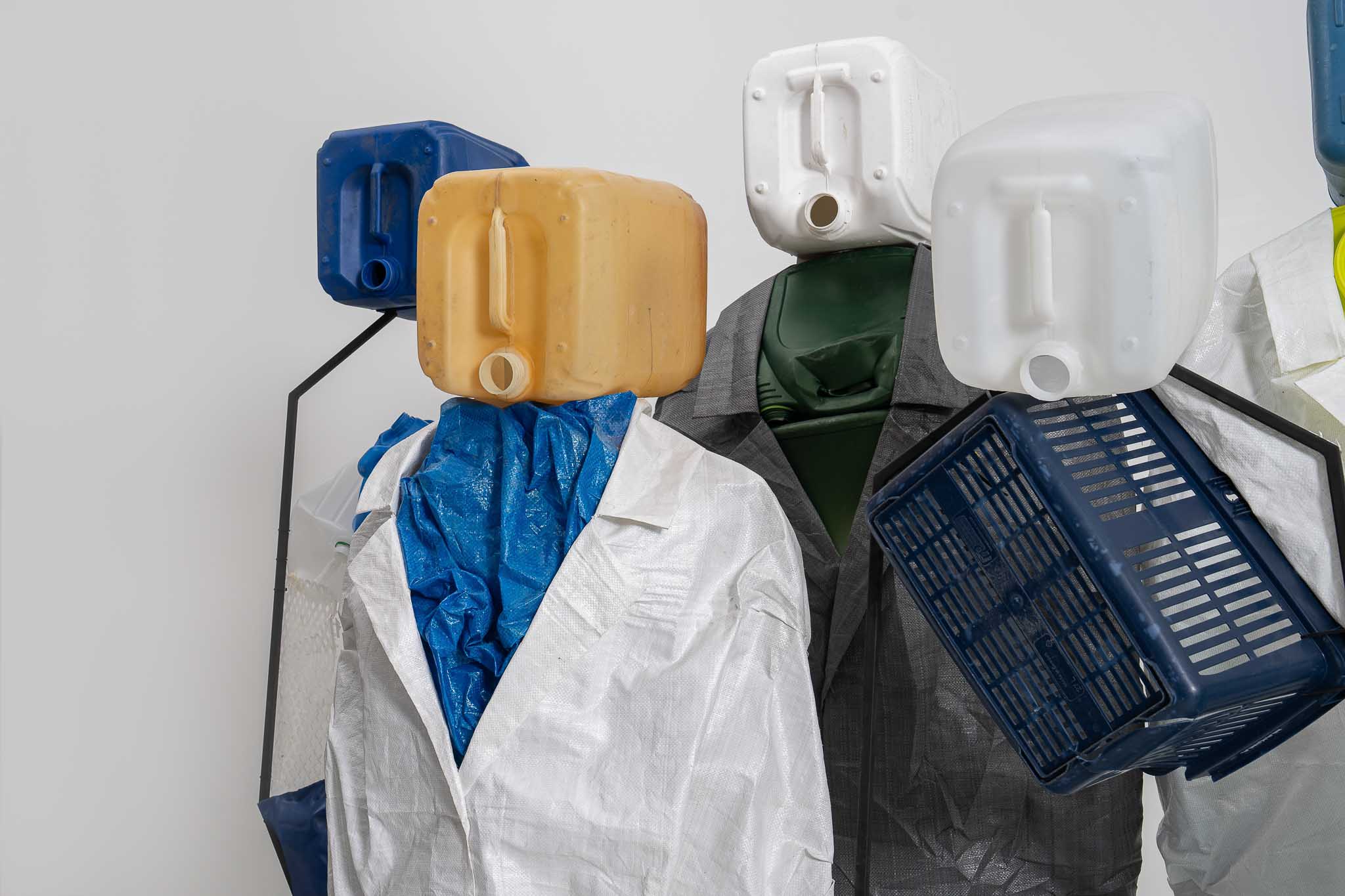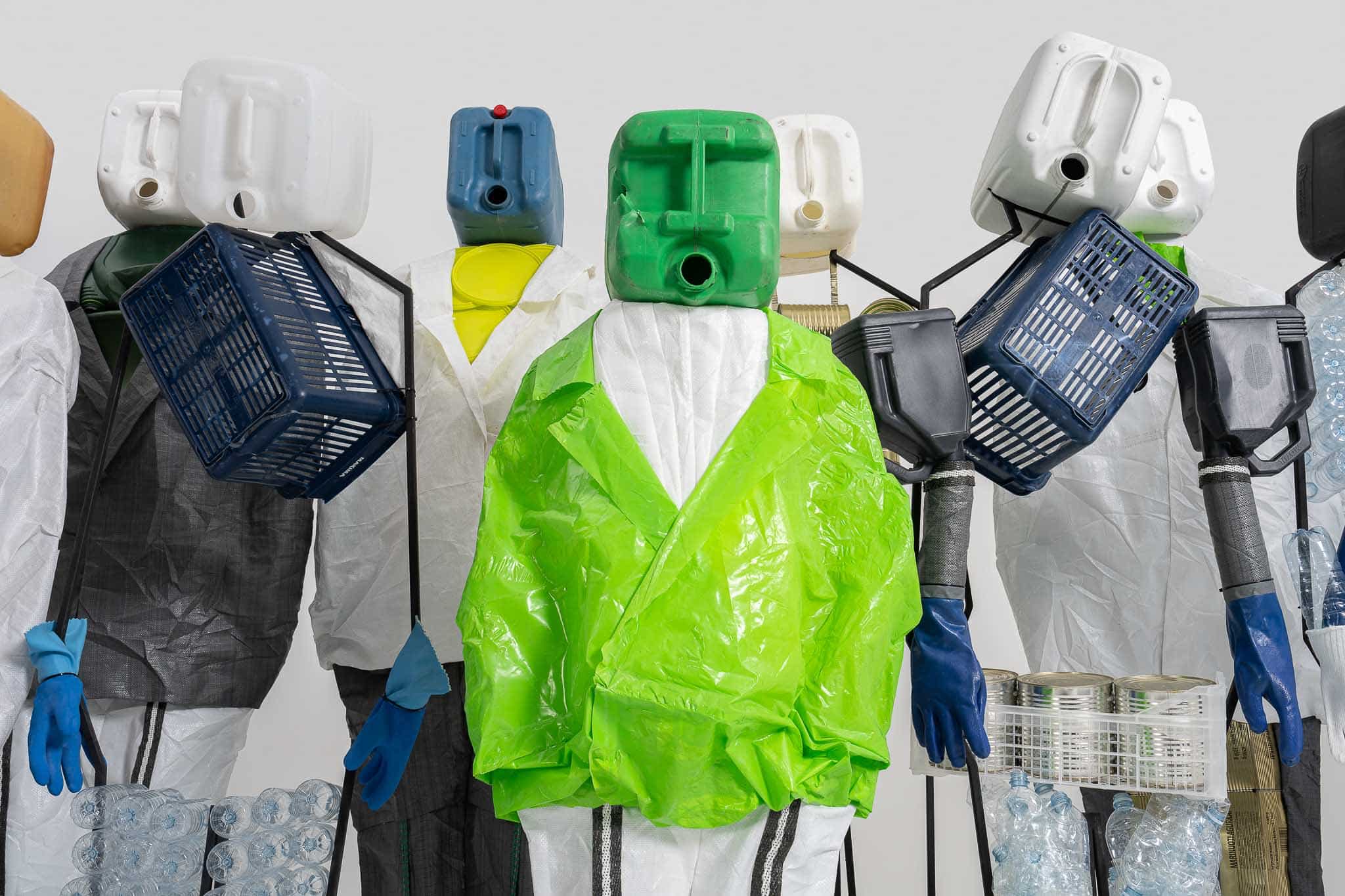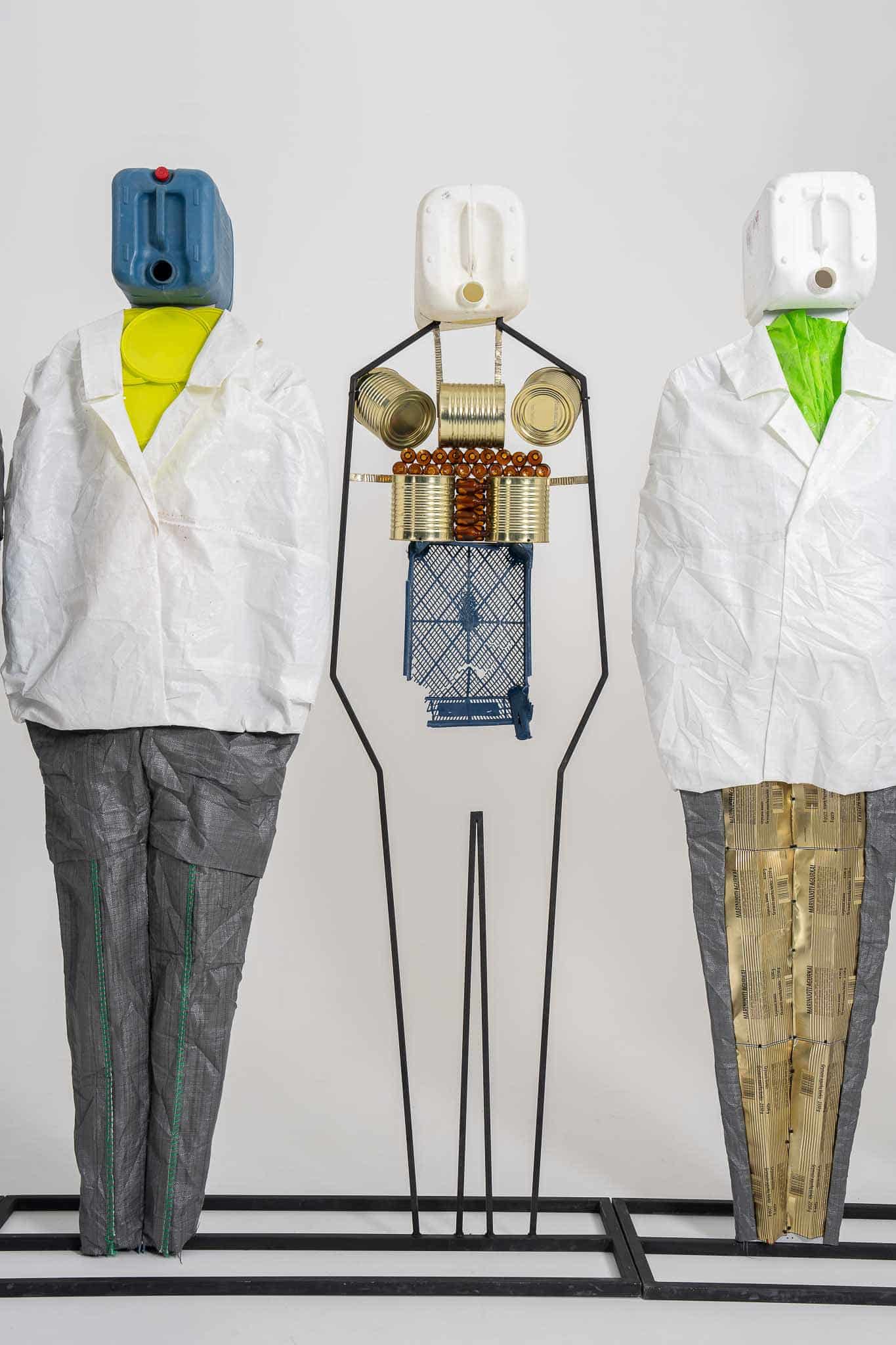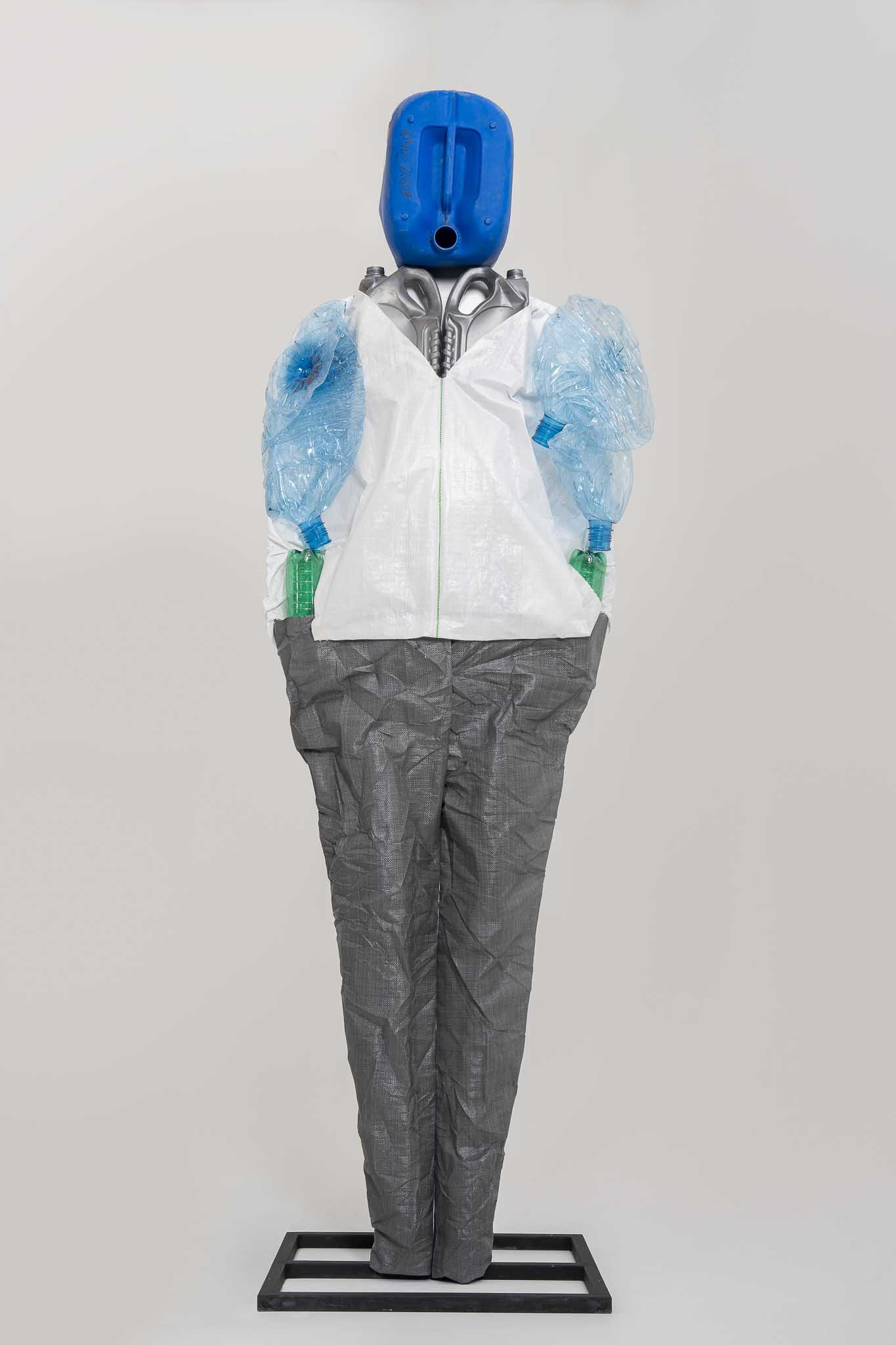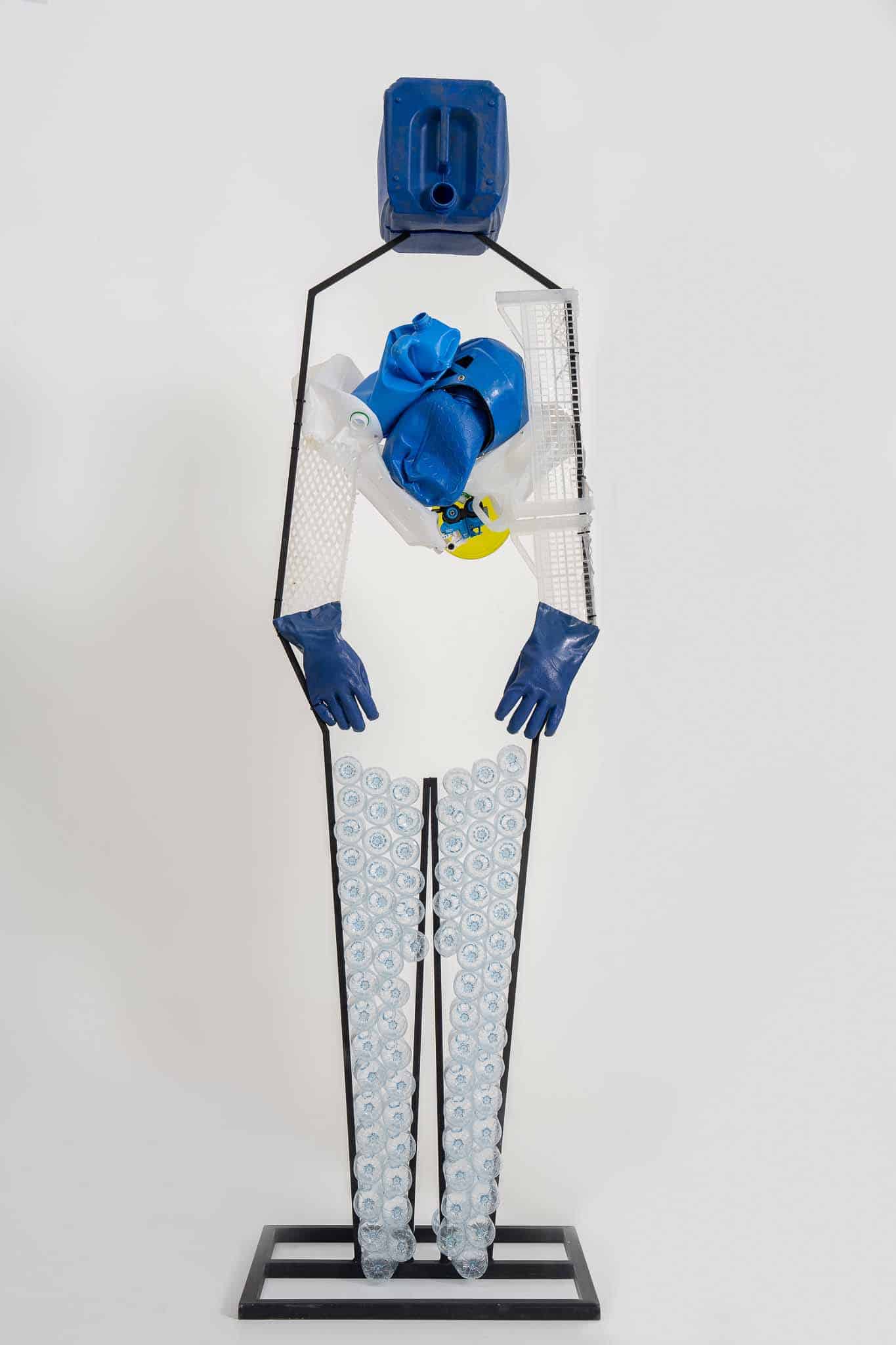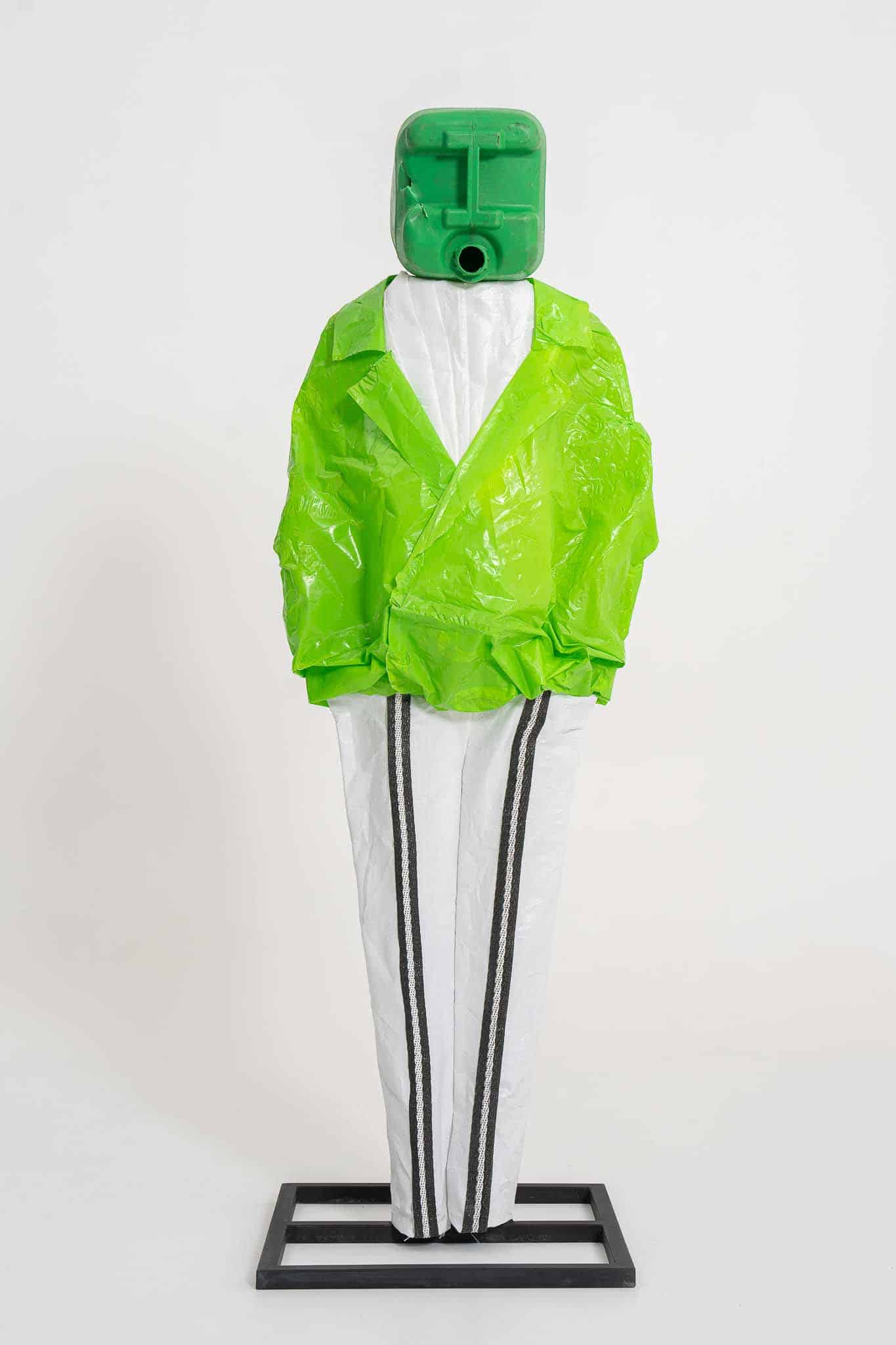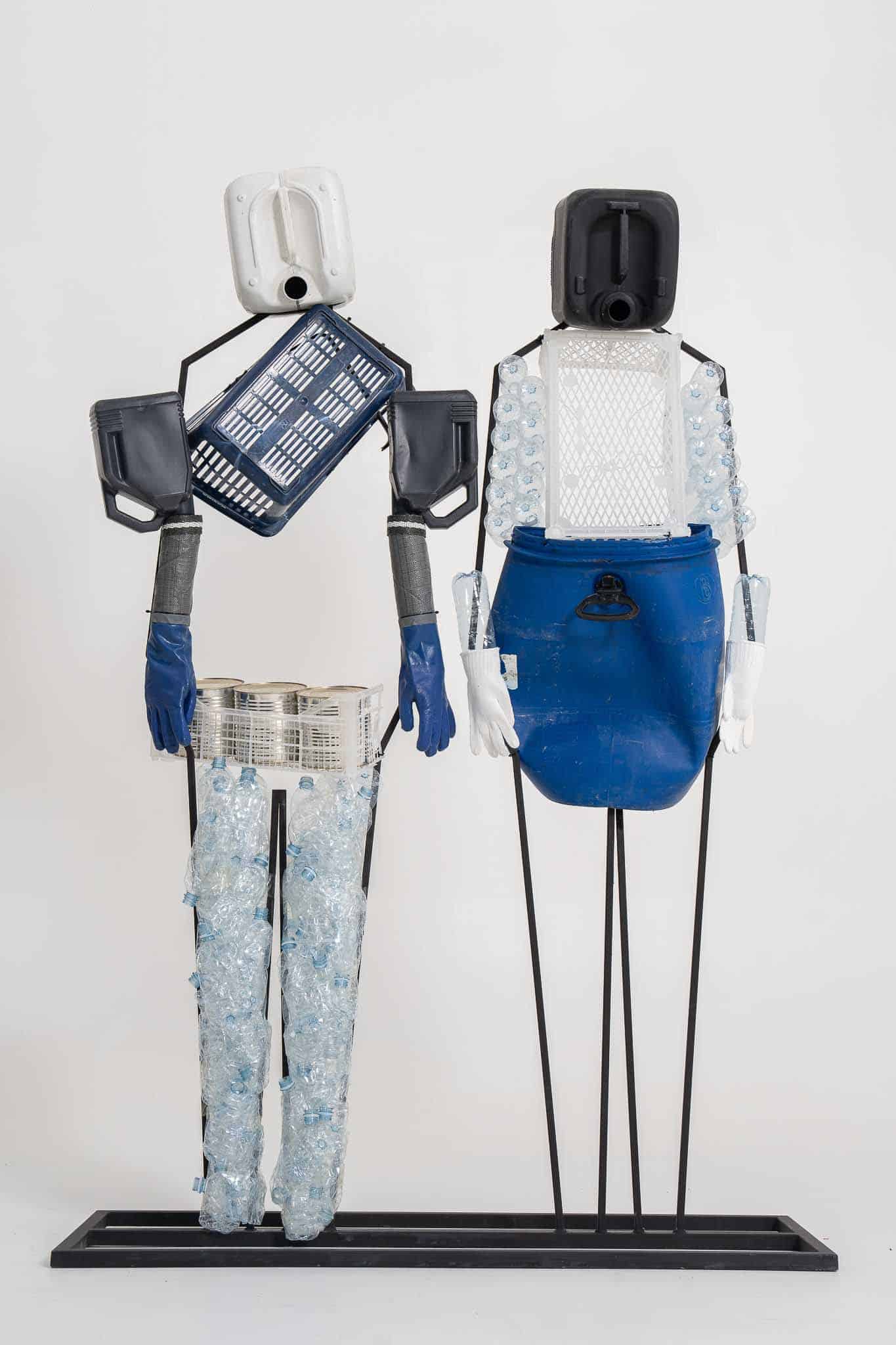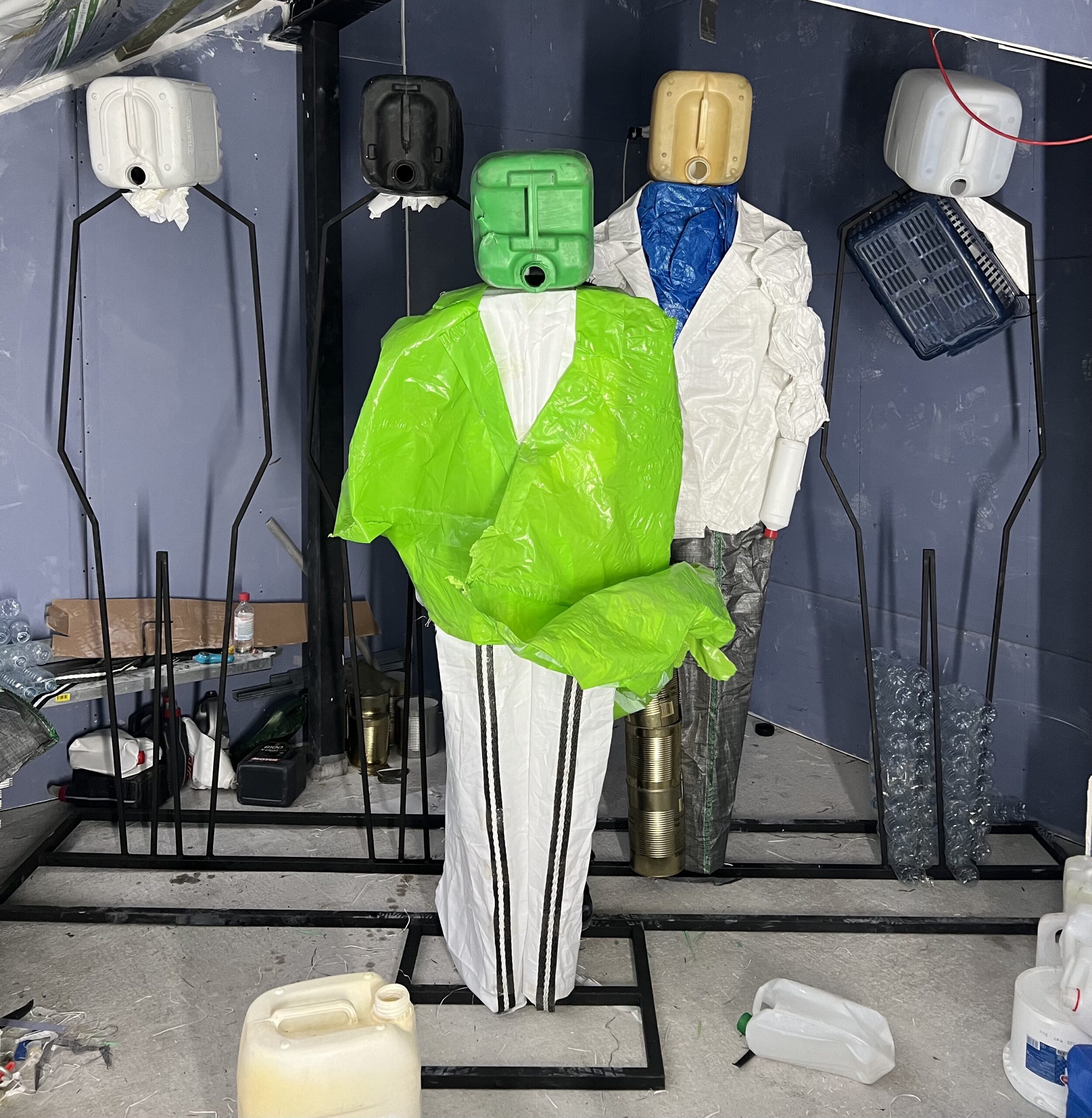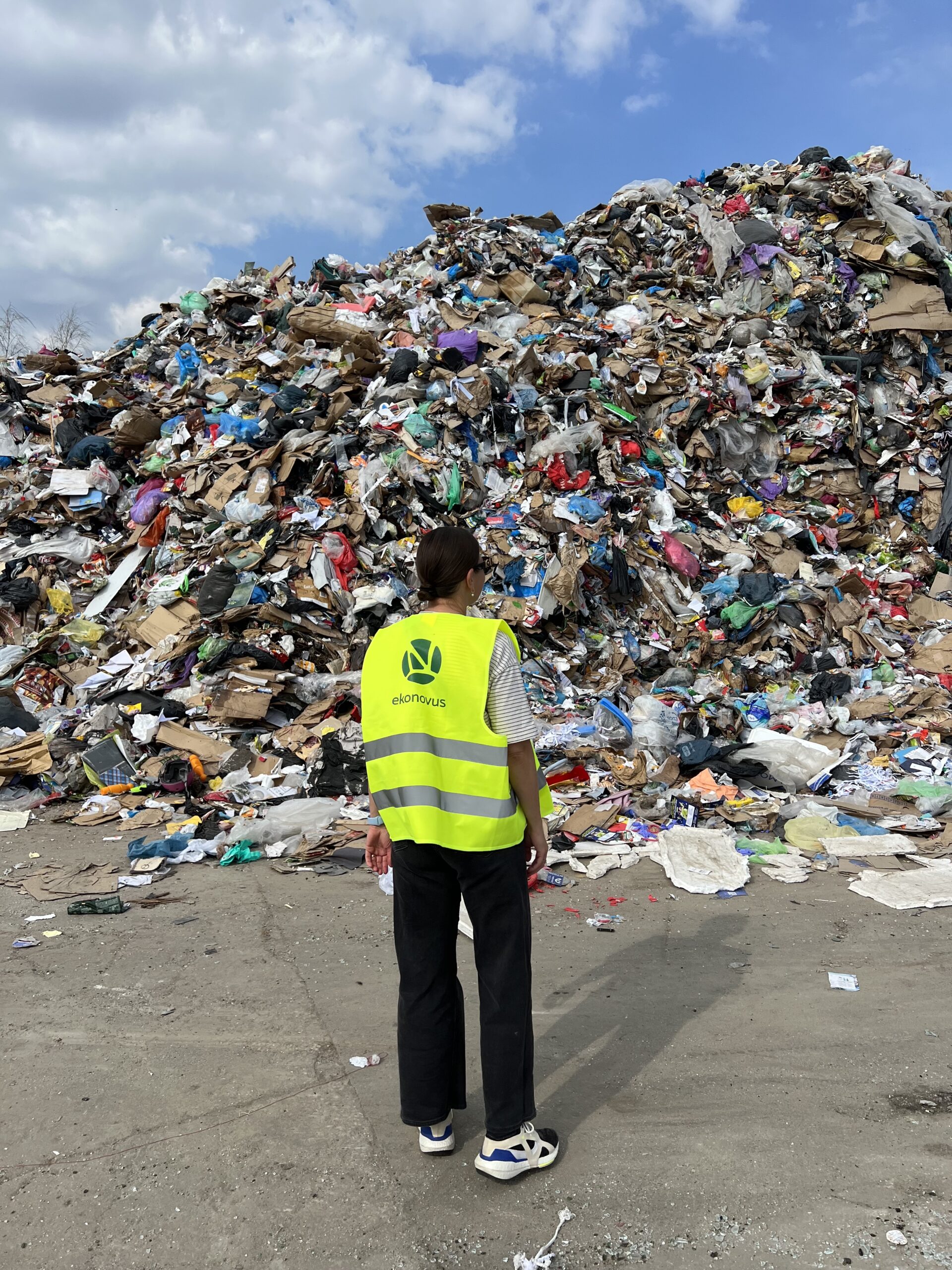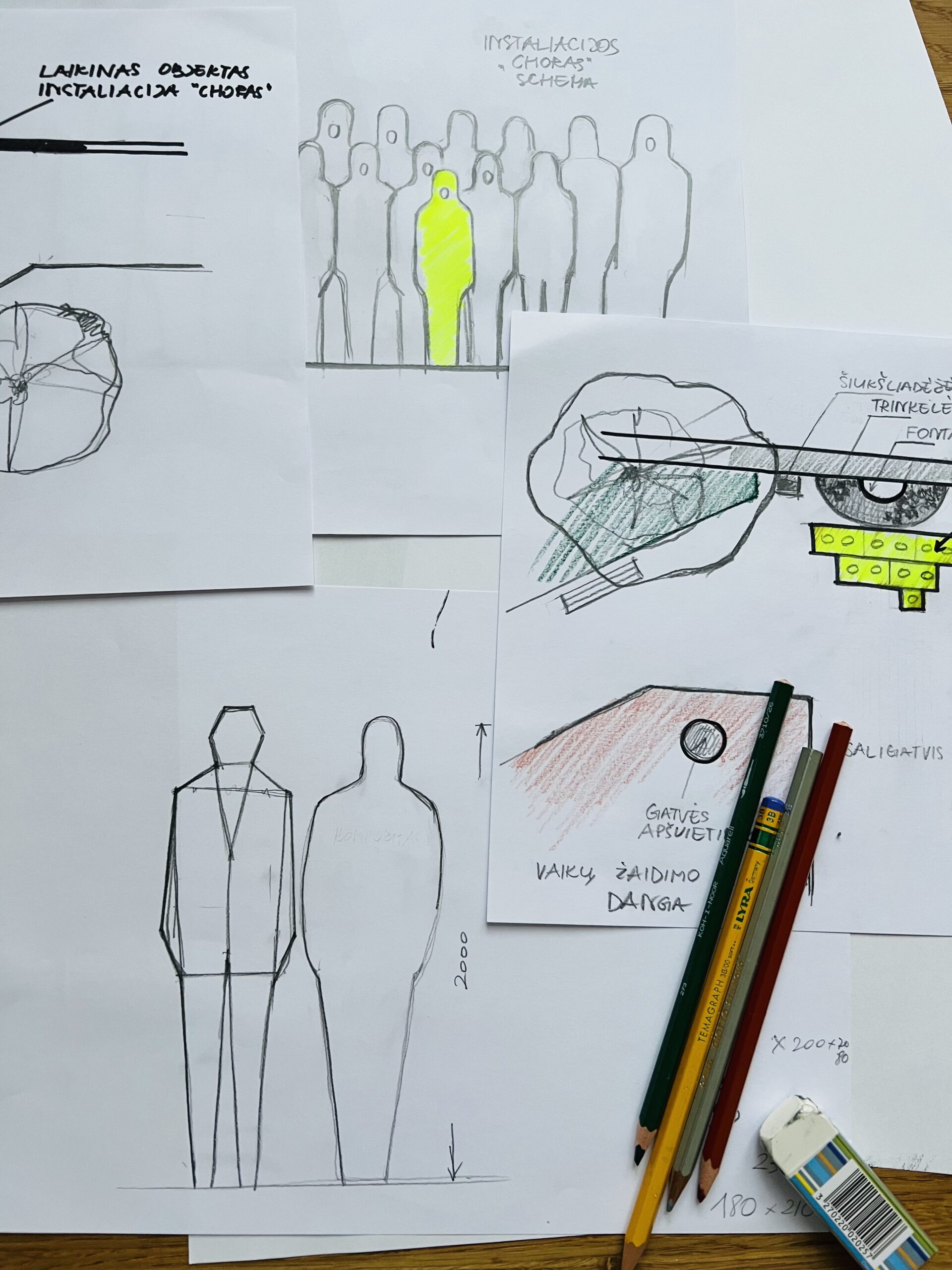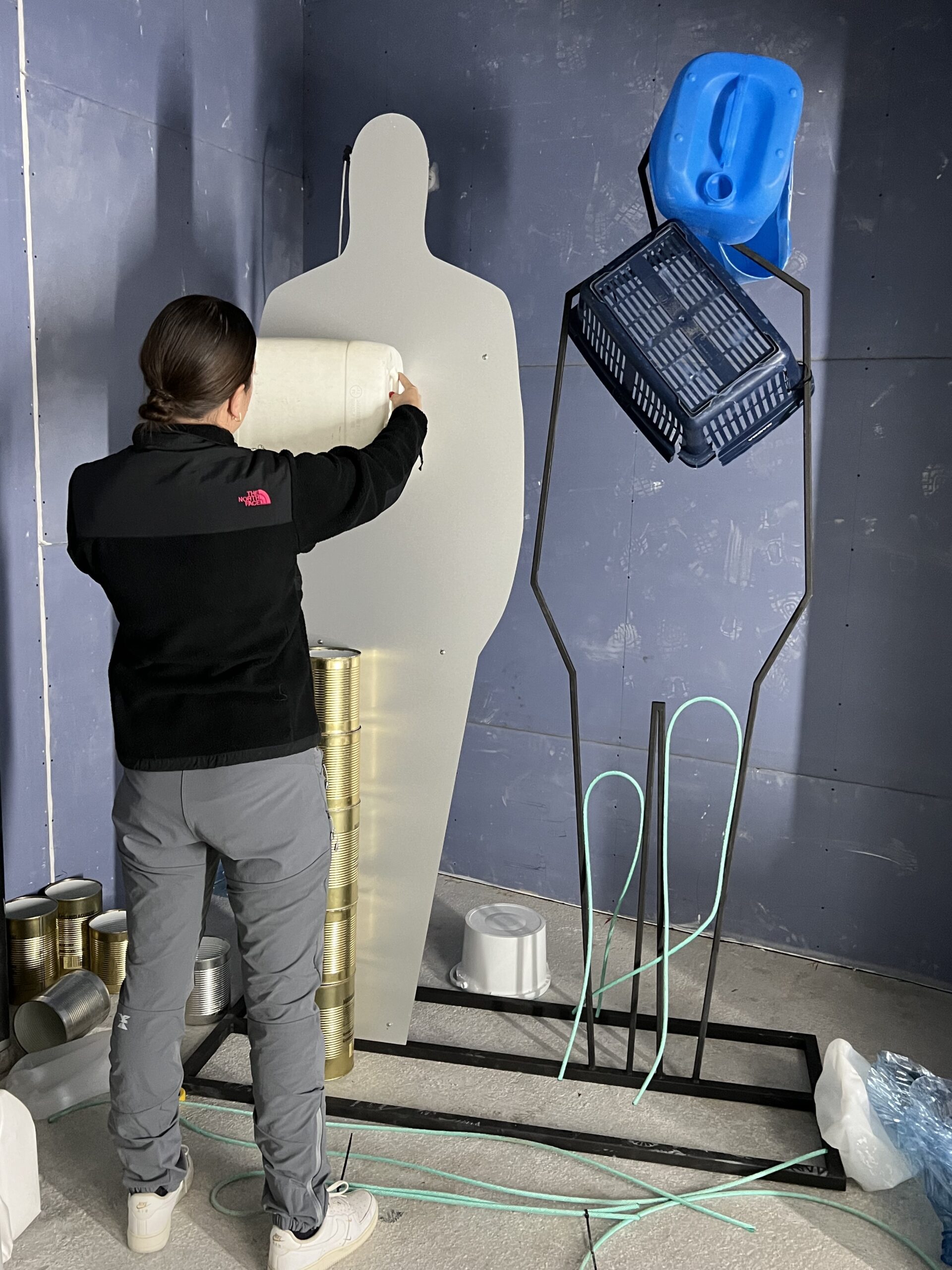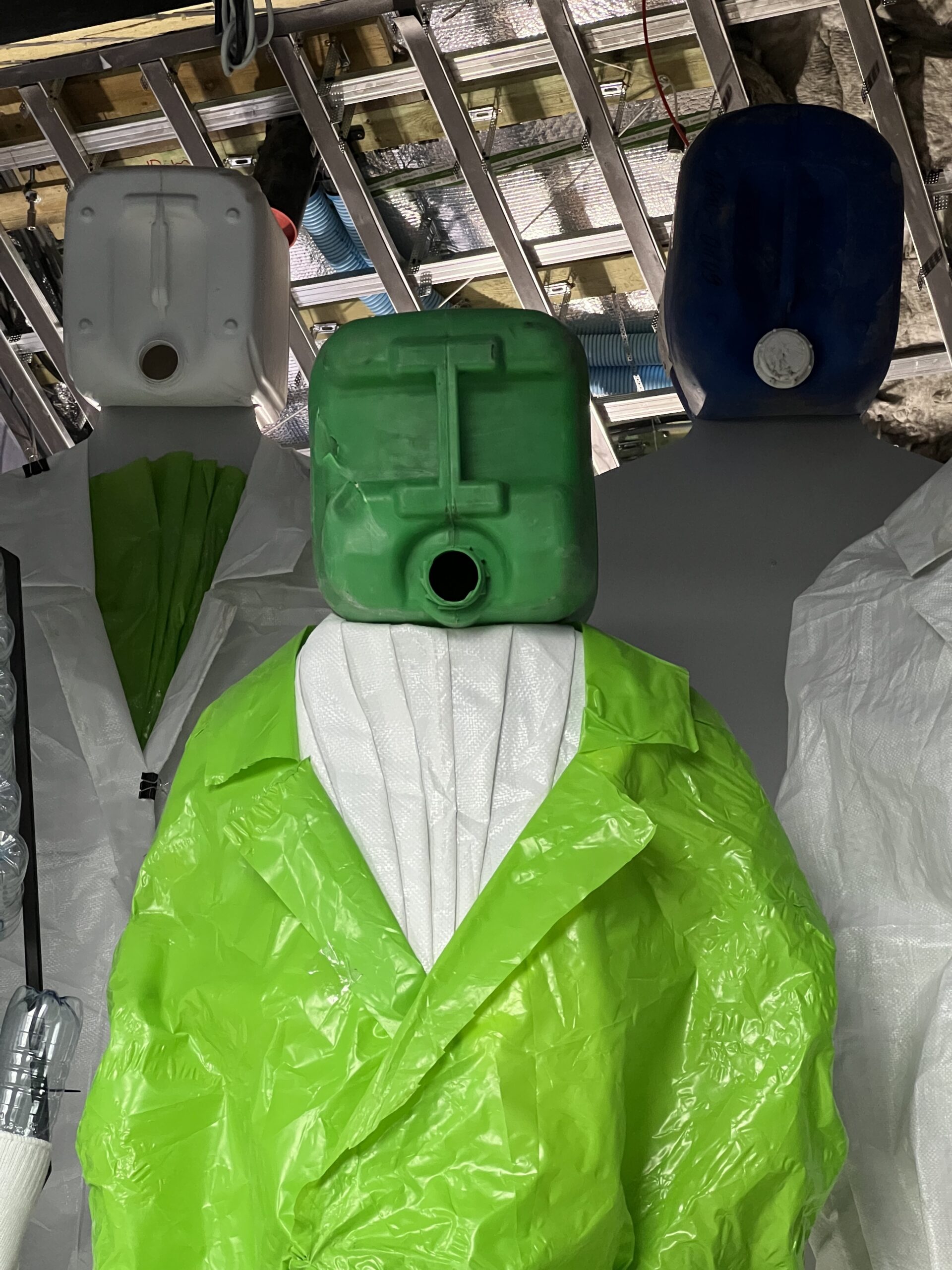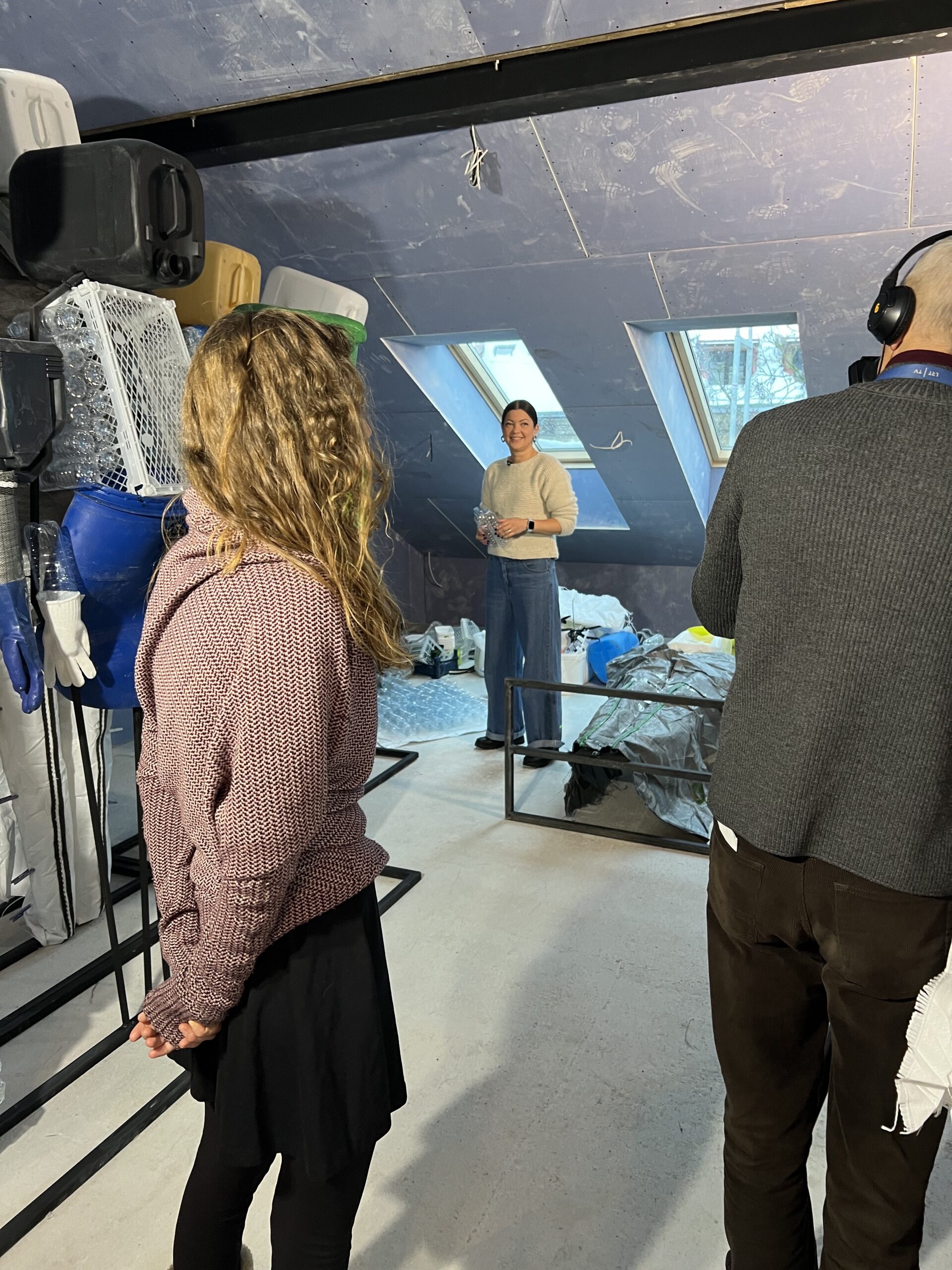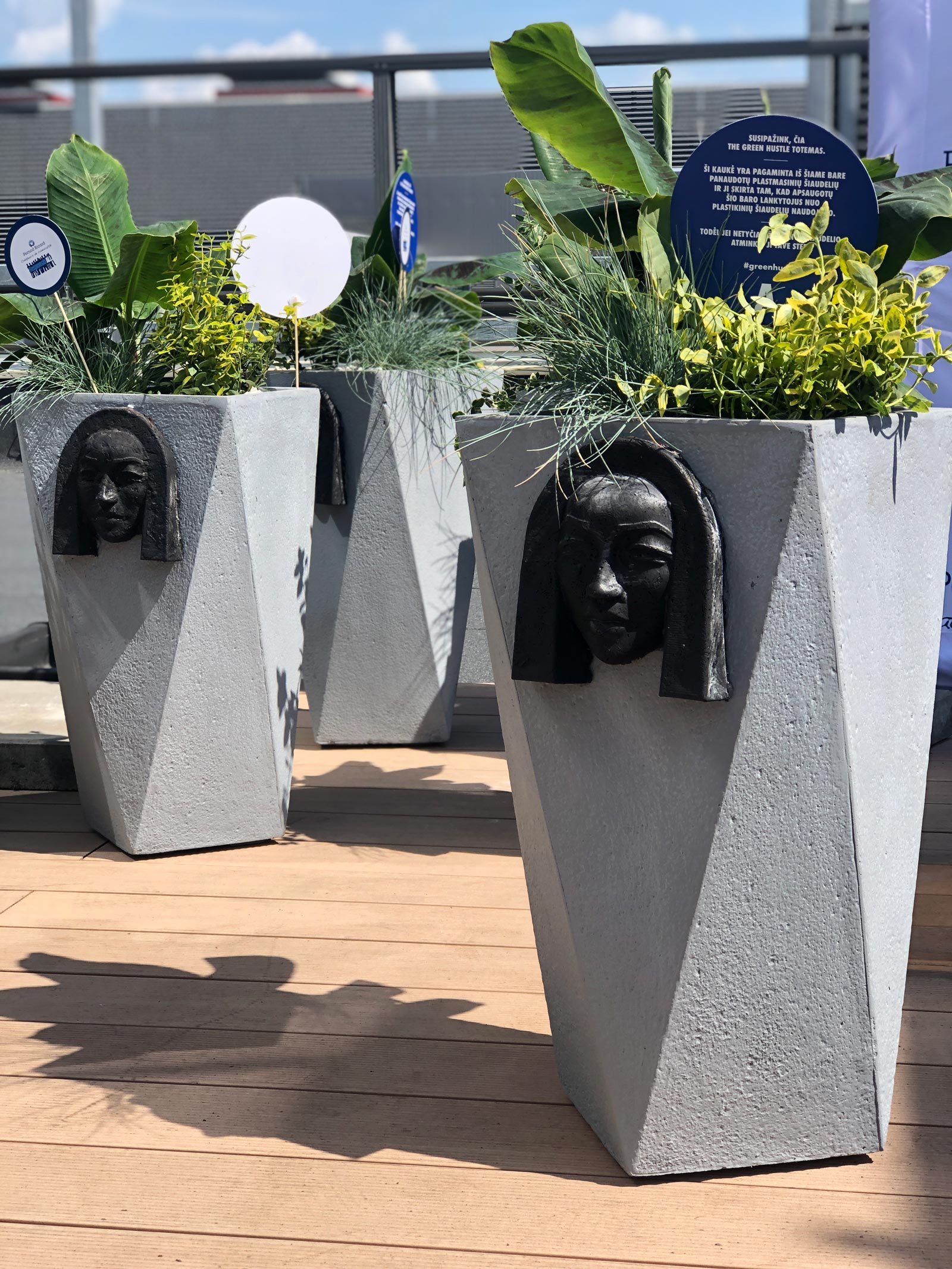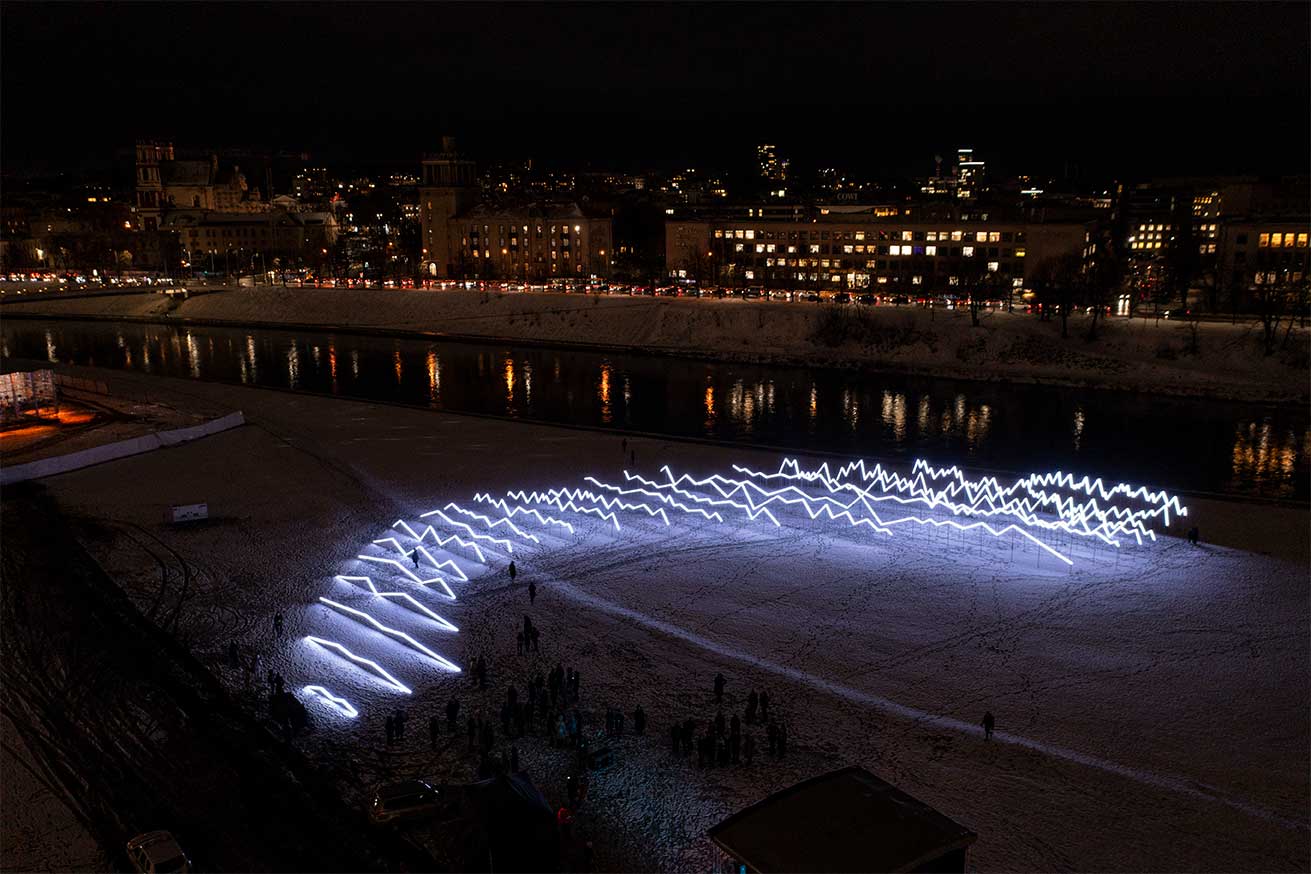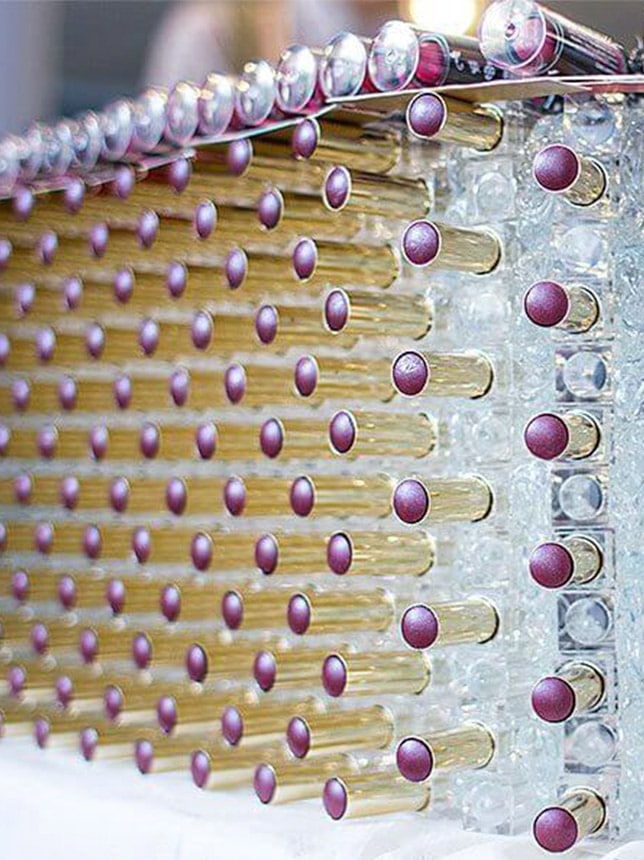Art installation “Choir”
During the festive season, when everyone is losing their minds over presents, Christmas parties and tree decorations, our environment has to cope with a lot of pollution. In Lithuania, the average person produces around half a tonne of rubbish a year, and as much as sixty percent of that is generated during the Christmas period alone 🙁
After Christmas, used gift wrapping paper, plastic packaging and other rubbish remains in the landfill for years to come. I was approached by the waste management company, Ekonovus, with the vision of creating a collaborative artwork. The aim of the artwork is to use waste material, in an aesthetically pleasing way, in order to draw public attention to wastage and to promote responsible consumerism. As the themes of environment and sustainability are very close to my heart, I immediately started working on the art installation “Choir”.
Before embarking on a new project, I research artworks dealing with the same subjects in order to ensure that my work is relevant, unique and original. I have noticed that works on social issues are often critical and negative. I want my work to spread as much positive emotion as possible. To make a statement, and change perceptions not with a lecture, but with aesthetics, beauty and playfulness. This was the first task I set myself when I created the installation “Choir”.
The next important step was the concept. The statistics about the huge consumption and wastage during the Christmas period inspired me to use the materials and composition I did when creating the artwork.The main message of the installation is a cheerful reminder of how much waste is generated by an individual over the period of a year. Remember, 60 percent of that is generated over the Festive Season. The artwork features a Choir, one soloist and ten choristers. Each figure represents the garbage generated by one individual, therefore, if one soloist generates 500 kilograms, ten more choristers bring the amount of waste to 5 tonnes. The purpose of the installation is to bring awareness to the amount of garbage we each generate and to encourage us to use less.
Real choristers have to sing, so for the first time I used sound effects in my work. I always try to give my work as much Lithuanian flavour as possible, so this time I chose to use Lìthuánian pòlyphónic párt sòngs, which are listed by UNESCO as an intangible cultural heritage. The author of the texts of the lyrics, Austėja Zovytė, wrote the words to encourage responsible use resources , and professional performers provided the sound. Normally, only women sing these songs, but in the context of these times I wanted to use a male voice as well – a symbolic message about gender equality.
When gathering creative material, I went to the Ekonovus recycling centre, where waste is sorted before being recycled. I wanted to evaluate the material available and pick the objects most suitable for creating a work of art. After collecting various samples and trying out different techniques in my studio, I decided to use jerrycans to represent the choir’s heads, and tins, bottles, rope, glass and garbage bags to make their costumes.
The challenge was to combine the different materials in a coherent and aesthetically pleasing way. To achieve this, the team and I tried different techniques: cutting, soldering, glueing and pressing the materials into the shape and texture I wanted. Colour played a major role in my choice of material. To counteract the public’s negative perception of waste, thoughts of filth, chaos, and fear of disease, I used clean, bright colours.
Most of the choristers are wearing white jackets, and tapered formal trousers. I used PET plastic to design the trousers, not only to show the excessive use of this material, but also to create a shimmering effect. The sole chorister not wearing a neutral colour, the singer in the centre, is wearing a neon green jacket. This pop of colour draws your eye to the centre of the installation and provides focus in an otherwise sterile landscape. The orderly composition of the choir further emphasises that waste can be managed effectively. The humanoid figures are in proportion, with extra attention being paid to achieving a 3D effect. I think I succeeded in my goal – the people who work in the studio were often quite frightened by the realism of the chorus members.
During the Christmas period of 2023, the installation will be exhibited in the square of Trakai Street, Vilnius. Passers-by are attracted not only by the choir singers’ distinctive appearance, but also by their sound with an important message:
Before Christmas, we hurry and run,
Let’s buy less, let’s buy less
We buy everything that we don’t need
Let’s buy less, let’s buy less
Oh man, use responsibly
Let’s buy less, let’s buy less
And if you buy, sort it out
Let’s buy less, let’s buy less
Dimensions: 4,60 x 1,80 x 2,50 m

